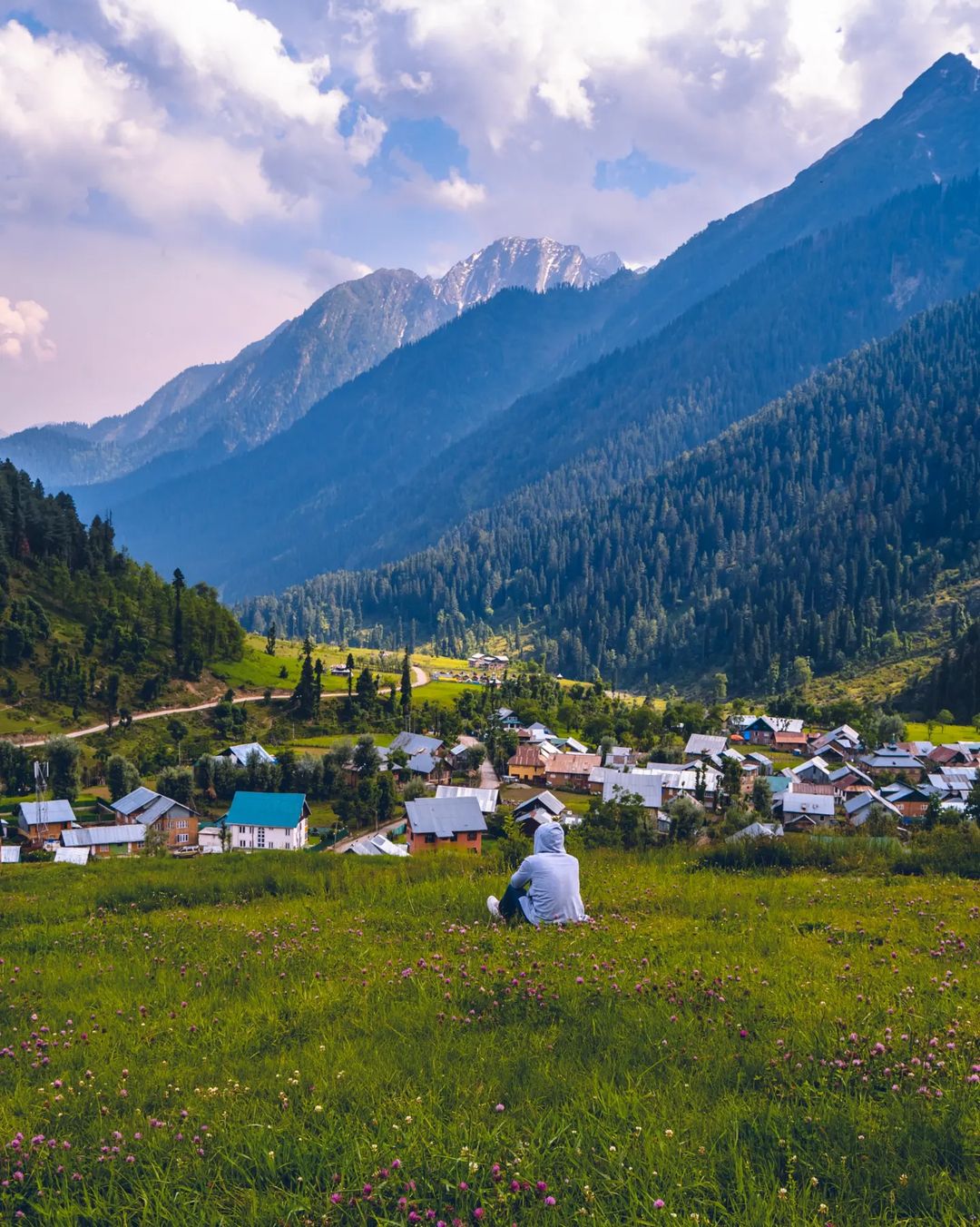Srinagar: Kashmir is bracing for its first heat wave of the season, with the Meteorological Department predicting temperatures to soar between 33 and 34 degrees Celsius from May 23 to May 29.
For hilly regions like Kashmir, a heat wave is declared when maximum temperatures reach 30 degrees Celsius or more, which is significantly above the average temperature range of 19.1 degrees Celsius to 27.6 degrees Celsius from April to mid-September.
Director of the Meteorological Department, Kashmir, Mukhtar Ahmad told that while the heat wave would primarily affect the plains, Jammu had already been experiencing such conditions.
He said that a heat wave is declared when temperatures exceed 4.5 degrees above normal levels, and warned, “The temperature will touch 33 to 34 degrees Celsius in the next 4 to 5 days.” Ahmad said people should take necessary precautions to avoid heat exposure, stay hydrated by drinking plenty of fluids, and wear lightweight, light-coloured, and loose cotton clothing. “Vulnerable groups, such as infants, elderly individuals, and those with chronic diseases, are at a moderate health risk during the heat wave,” he said.
Ahmad said that the importance of preparedness was not only for heat waves but also for other extreme weather events like prolonged unexpected rainfall. In response to the forecasted extreme temperatures, the District Disaster Management Authority (DDMA) Srinagar has activated its “Heat Wave Action Plan” for 2024-2025.
The plan aims to mitigate the impact of extreme heat on vulnerable populations through early warning systems, coordinated efforts with concerned agencies, and public awareness campaigns. “The plan’s primary objective is to alert populations at risk of heat-related illness like in places where extreme heat conditions either exist or are imminent, and to take appropriate precautions,” Ahmad said.
Under the heat wave action plan, the government has designated Departments and Nodal Officers who will provide resources, such as personnel, essential services, and materials, to support or assist affected persons. The teams will convene meetings with departments, organizations, and NGOs involved in rehabilitation agencies to review mechanisms to respond to extreme heat events.
The Heat Action Plan brings together all stakeholders for a district-wide strategy in enforcing preventive mitigation and adaptation measures to check heat-related debility among people. The residents are urged to remain vigilant and take necessary precautions to safeguard their health and well-being during this period of extreme weather.
“Heat waves may have both direct and indirect impacts on human health, influenced by interactions between medical, environmental, demographic and geographical factors, which may further compound health-related effects. While it is clear that all people are at risk of illness and death due to exposure to hot temperatures, certain sub-groups are highly vulnerable in comparison,” reads an action plan document.
Meanwhile, A meteorological department official told that Srinagar recorded a low of 13.2°C against 12.4°C on the previous night and it was 1.5°C above normal for the summer capital of JK for this time of the year.
Qazigund recorded a minimum of 10.6°C against 10.2°C on the previous night and it was 0.3°C above normal for the gateway town of Kashmir, he said.
Pahalgam recorded a low of 6.2°C against 6.5°C on the previous night and it was normal for the famous resort in south Kashmir.
Kokernag, also in south Kashmir, recorded a minimum of 10.8°C against 9.7°C and it was 0.7°C above normal, the official said.
Kupwara town recorded a minimum of 10.5°C against 9.6°C on the previous night and it was above normal by 0.1°C for the place, the official said.
Gulmarg recorded a minimum of 8.2°C against 8.0°C on the previous night and it was above normal by 1.4°C for the world famous skiing resort in north Kashmir’s Baramulla district.
Jammu, he said, recorded a low of 24.7°C against 25.1°C on the previous night and it was above normal by 0.3°C for the winter capital of J&K. Banihal recorded a low of 13.0°C, Batote 15.8°C and Bhaderwah 11.6°C, he said.
Regarding the forecast, he said, generally dry weather is expected from till May 28. “Overall, no significant weather activity is expected till May 28,” he said. He also forecast “heat wave” over plains of Jammu Division from May 22. He said hot and dry weather over hilly districts of Jammu Division is likely to continue during the next few days.



